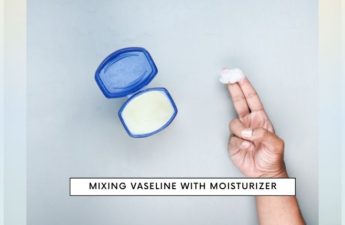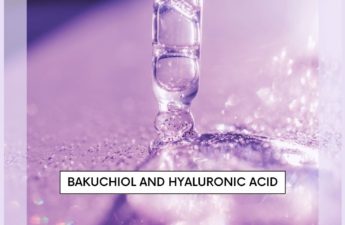When you think about the word “acid”, it sounds scary and damaging to your skin. Undeniably, slathering acid on your face can be a little daunting. However, when you use face acid correctly, it could easily be one of the most effective ingredients for your skin problems.
There are many different types of face acids available in the market. The most common face acids include glycolic acid, ferulic acid, lactic acid, and salicylic acid. Our skin cells will shed naturally every single day. When our skin cells shed and renew, it keeps our skin healthy and youthful. However, this process will slow down when we started to age. Face acids help to accelerate the process and renew your skin.
Can You Use Lactic Acid and Salicylic Acid Together?
Lactic acid is a type of alpha hydroxy acid(AHA) while Salicylic acid is a type of beta-hydroxy acid(BHA). Lactic acid and salicylic acid can be used together in your skincare routine. Lactic acid and salicylic acid are considered as a chemical exfoliant that will remove dead skin cells and improve skin texture. Plan and use them strategically if you’d like to use both of the ingredients in your skincare routine. Combining the acids can cause skin irritations, dryness, and redness on the skin.
If you experience any discomfort on your skin, this could be a sign that they are too strong for your skin. Stop using them together, and wait until your skin is fully recovered before you start using any of the acids again. Reevaluate your skin and continue to monitor your skin when you start using the acids again. Try to adjust the usage or use them alternately.
How to Use Lactic Acid and Salicylic Acid Together?
Yes, you can use both lactic acid and salicylic acid together as long as they don’t irritate your skin. However, it is not recommended to use both lactic acid and salicylic acid together on dry skin and sensitive skin. Combining acids can be irritating, cause dryness, and weaken your skin barrier. Therefore, it might cause more harm than good if you combine these acids together when you have dry or sensitive skin.
If you have dry or sensitive skin and both products, it is recommended to use lactic acid and salicylic acid alternately. You can start with using lactic acid on the first day, and switch to salicylic acid on the second day. Just switch it back and forth day by day. If you have oily skin or acne-prone skin, you can use salicylic acid in the morning and lactic acid at night. Salicylic acid helps to control sebum, while lactic acid helps to stimulate collagen production. We recommend you start with either one of the products then gradually add another to your routine.
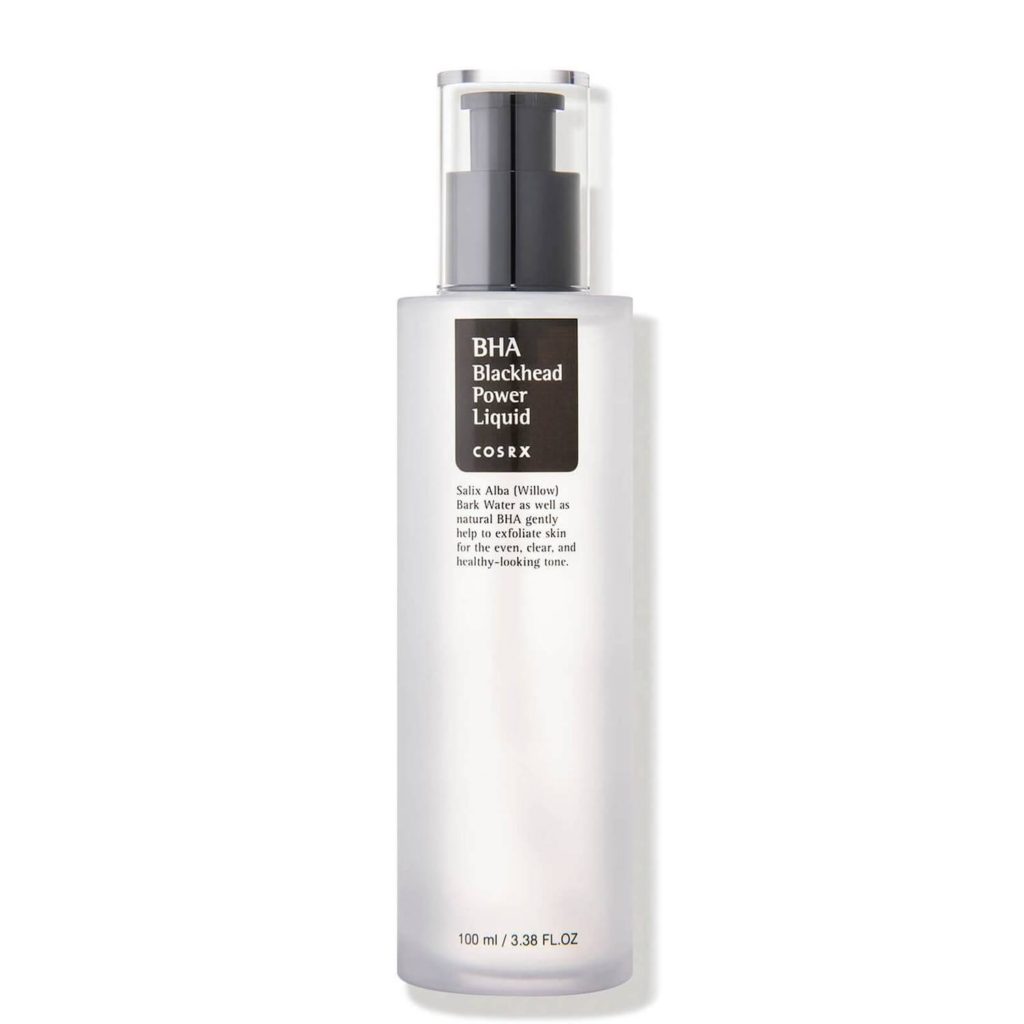
Cosrx BHA Blackhead Power Liquid
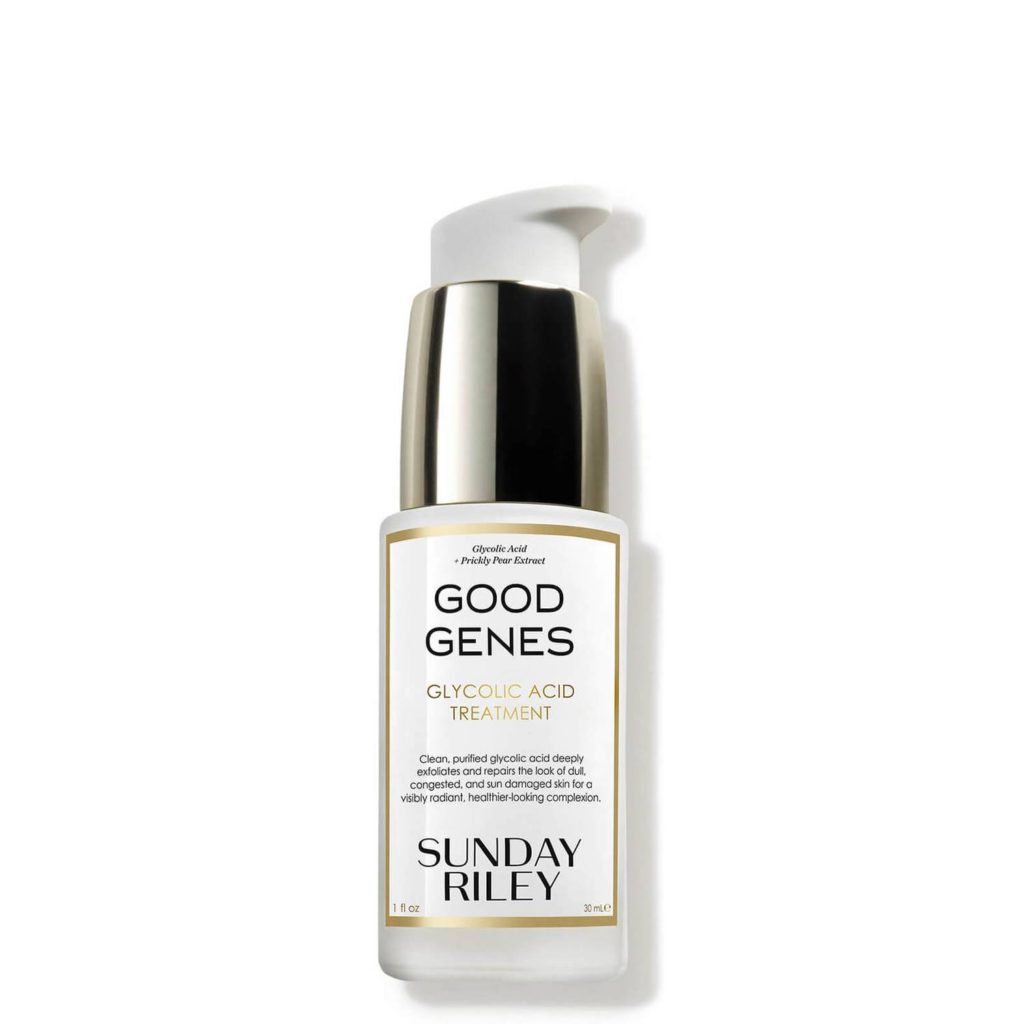
Sunday Riley Good Genes All-in-One Lactic Acid Treatment
Lactic Acid or Salicylic Acid? Which One Works The Best On Your Skin?
- lactic acid – dry skin, sensitive skin, mature skin
- salicylic acid – acne-prone skin and oily skin
If you have dry skin, sensitive skin, or mature skin type, lactic acid would probably work best on your skin. Lactic acid can be found in milk, but nowadays they are mostly synthetically produced. Lactic acid is considered a gentle AHA compared to other AHA like glycolic acid. It has a larger molecule that will not penetrate as deeply as glycolic acid. Therefore, it is less likely to irritate sensitive skin. Besides, lactic acid is also a humectant that will pull in hydration from the air to keep skin moisturized. In addition, lactic acid also helps to lighten dark spots and reduce fine lines. As a result, your skin will look smooth and dewy.
On the other hand, salicylic acid is an oil-soluble ingredient that mostly derived from willow bark extract. It penetrates into your skin and reduces sebum production. Besides, salicylic acid also unclogs the pores and prevents the formation of comedones. With that being said, this ingredient helps to control sebum, reduce sebum and clogged pores. In addition, salicylic acid is an anti-bacterial ingredient that will prevent your skin from breakouts in the future. According to Dr. Jaggi Rao, a double board-certified dermatologist skincare products that contain 0.5% – 2% of salicylic acid can accomplish the same goal compared to the products that contain as much as 30% alpha-hydroxy acids(AHA). (source)
What if My Skin Become Dry?
If your skin becomes dry and flaky using both acids, that’s not a good sign. Combining acids are too strong for your skin. Consider stopping using both acids and use products that will hydrate and moisturize your skin. Adding a moisturizing serum like Torriden Dive-In Low Molecule Hyaluronic Acid Serum that contains 5D hyaluronic acid that will penetrate deeply and ward off dryness.
What if My Skin is Irritated?
If you experience redness, itchiness, burning sensation when combining both acids, stop immediately. If your skin is inflamed, contact a local dermatologist for advice. In addition, consider using a product that contains high anti-inflammatory properties such as Cosrx Centella Aqua Ampoule which will help to soothe your skin.
Lactic Acid Benefits
- fade hyperpigmentation
- even skin complexion
- moisturize skin
- stimulate collagen production
“It helps stimulate collagen synthesis, improve skin texture, the appearance of wrinkles, and improve skin discoloration by reducing hyperpigmentation.” says Emma Hobson, Education Manager for Dermalogica and The International Dermal Institute. That being said, lactic acid is a multi-tasker for your skin. It can fade hyperpigmentation and even your skin complexion. Besides, it is a humectant that will draw moisture in the air to your skin. Therefore, your skin will constantly feel moisturized. Moreover, due to the size of its molecule, it is also considered as a gentle acid compares to other AHA. Last but not least, it helps stimulate collagen production in your skin. Collagen supports our skin and keeps our skin firm and youthful.
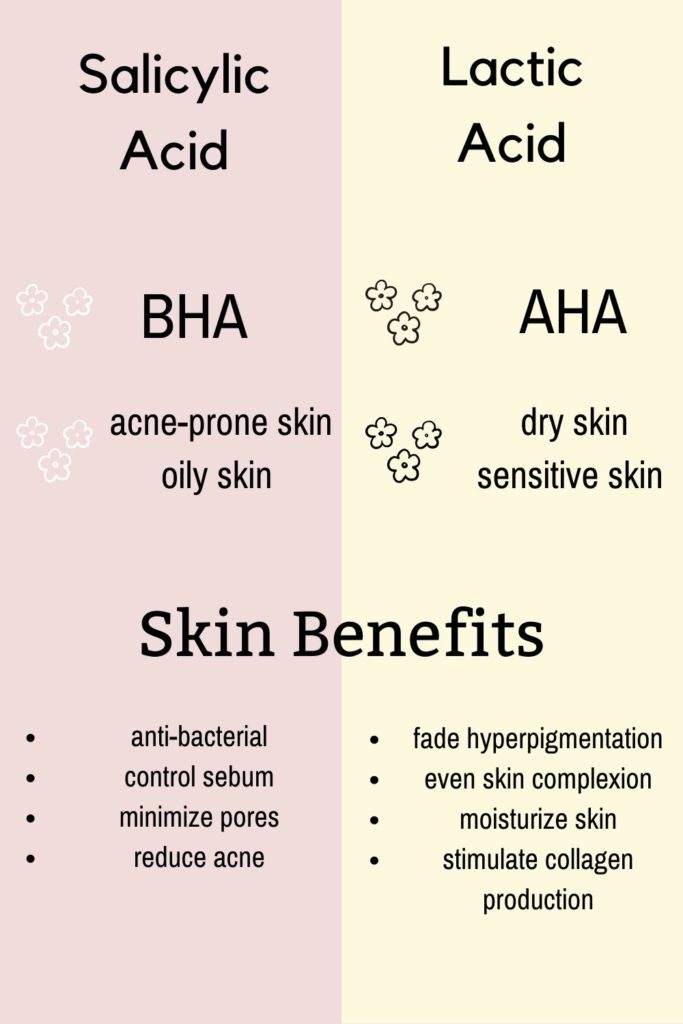
Salicylic Acid Benefits
- anti-bacterial
- control sebum
- minimize pores
- reduce acne
Salicylic acid does have some effectiveness against cystic acne due to its antibacterial activity, according to Rachel Nazarian, a board-certified dermatologist in New York City. In fact, salicylic acid could be one of the most effective ingredients to treat acne problems. Its anti-bacterial properties get rid of the bacterial that might cause skin breakouts. In addition, it also minimizes your pores. When our pores are clogged with oil and dead skin cells, it can cause skin problems like blackheads, whiteheads, and acne. Salicylic acid helps to unclog your pores and control sebum. As a result, your pores will look smaller.
Source:
Allure: What is Salicylic Acid


